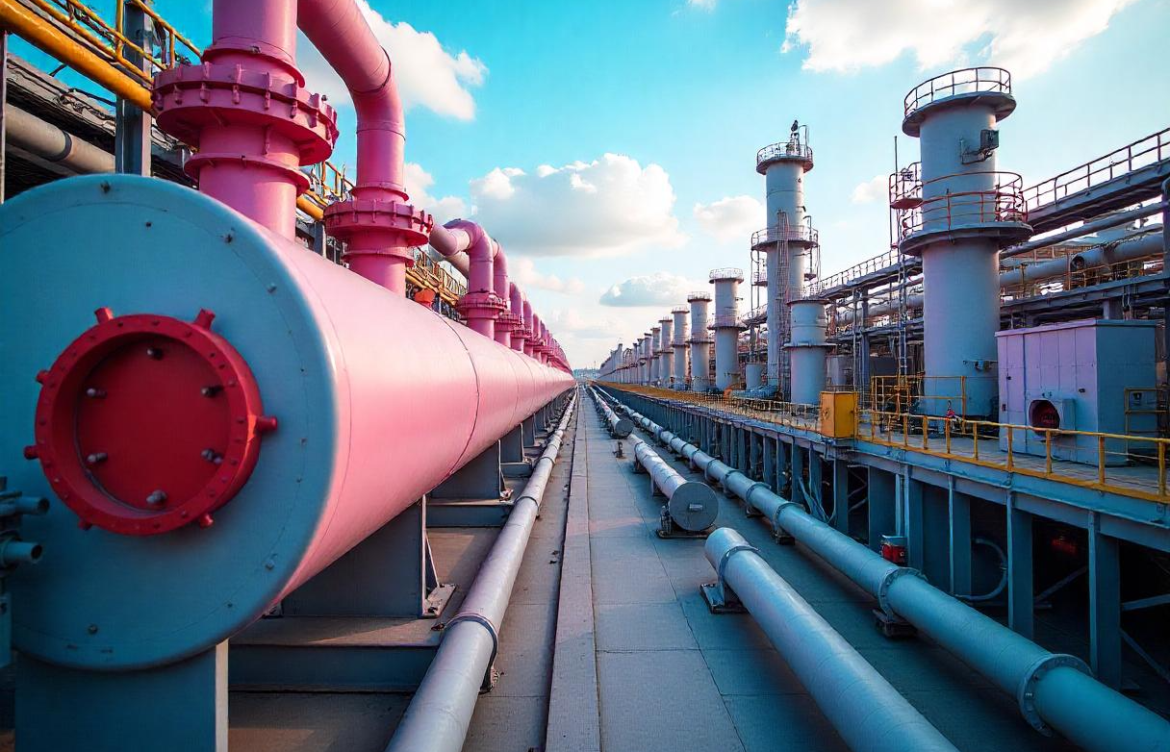
Fixing Common Plate Heat Exchanger Problems
Plate warm temperature exchangers are vital additives in many enterprise and commercial packages, consisting of HVAC structures, refrigeration, and chemical processing. They are valued for his or her immoderate performance, compact design, and capability to interchange warmness correctly between fluids. However, like numerous mechanical device, plate warm temperature exchangers are liable to positive operational problems that could impact their performance. Understanding those troubles and their answers can assist preserve performance, expand device lifestyles, and save you highly-priced downtime. This article explores commonplace plate-fin heat exchanger issues and offers insights into their causes and answers.
Leakage Issues and Their Causes
One of the most commonplace problems with plate warmth exchangers is leakage. This can arise due to gasket failure, wrong meeting, or corrosion. Gaskets play a crucial characteristic in sealing the plates and stopping fluid from escaping. Over time, they could degrade due to temperature fluctuations, chemical publicity, or mechanical stress. If the plates are not assembled efficiently, gaps may additionally moreover shape, important to leaks. Additionally, corrosion as a result of competitive fluids or flawed fabric selection can create holes in the plates, ensuing in fluid leakage.
Fixing leaks calls for figuring out the foundation purpose. If gaskets are wiped out, changing them with extremely good, properly perfect options is critical. Ensuring proper assembly by using tightening the bolts lightly and following the manufacturer’s tips can save you unnecessary gaps. In cases of plate corrosion, deciding on corrosion-resistant substances or the usage of defensive coatings can mitigate similarly harm.
Reduced Heat Transfer Efficiency
A decline in warmness switch performance is some other not unusual issue with plate warmness exchangers. This is frequently because of fouling, scaling, or wrong flow costs. Fouling occurs when contaminants which includes dust, oil, or organic increase gather at the plates, reducing heat change effectiveness. Scaling, however, consequences from mineral deposits forming on the plates, especially in structures using hard water.
Regular renovation, in conjunction with chemical cleansing and backflushing, can help do away with fouling and scaling. Using appropriate cleaning dealers that do not harm the plate fabric is critical. Additionally, optimizing fluid glide expenses and ensuring that every fluids skip at the best velocity can enhance warm temperature switch performance. If scaling is a persistent problem, water remedy solutions together with softeners or descaling sellers may be hired to save you buildup.
Pressure Drop Problems
A huge pressure drop in the course of the heat exchanger can mean blockages, flawed gasket placement, or incorrect plate configuration. When particles or scale accumulates inside the slender plate channels, it restricts flow, primary to accelerated resistance and higher stress losses. Additionally, the use of the wrong gasket kind or placing gaskets incorrectly can purpose fluid to deviate from the intended path, ensuing in an uneven float distribution and stress imbalances.
Addressing pressure drop issues involves thorough cleaning to put off blockages and analyzing gaskets to ensure they are correctly located. If the trouble persists, reviewing the plate affiliation and float configuration can assist optimize performance. In a few instances, resizing the warm temperature exchanger or adjusting the pump settings may be critical to maintain the favored strain balance.
Gasket and Plate Wear
Over time, the gaskets and plates in a plate warmth exchanger can enjoy put on and tear because of consistent publicity to warmth, pressure, and competitive chemical materials. Gaskets can also end up brittle, lose elasticity, or go through mechanical damage, even as plates can increase cracks, pitting, or thinning.
To save you immoderate wear, it’s miles important to use gaskets crafted from substances appropriate to the running conditions, which incorporates EPDM for high-temperature programs or NBR for oil-based totally fluids. Regular inspection and timely alternative of gaskets can extend the system’s lifespan. For plates, periodic thickness measurements and seen inspections can assist stumble on early symptoms of damage. If damage is big, replacing affected plates or thinking about alternative materials with better durability can enhance longevity.
Misalignment and Improper Installation
Incorrect installation or misalignment of plates can cause operational inefficiencies, multiplied pressure drops, or even leakage. When plates are not assembled in step with manufacturer specs, they may create uneven fluid distribution, resulting in localized overheating or cooling inefficiencies.
Proper set up begins with following the heat temperature exchanger’s meeting instructions cautiously. Ensuring that plates are effectively aligned and that gaskets are properly seated before tightening the body is crucial. Using torque wrenches to collect uniform bolt tension can save you warping and misalignment troubles. Additionally, periodic reassembly and inspection can assist discover misalignment problems early.
Conclusion
Maintaining a plate warm temperature exchanger in best circumstance calls for proactive maintenance, ordinary inspections, and well timed renovation. Common troubles along side leakage, reduced warm temperature switch performance, stress drop troubles, gasket put on, and misalignment can extensively effect gadget performance if left unaddressed. By imposing preventive preservation strategies, the usage of terrific opportunity additives, and making sure proper installation, groups can extend the lifestyles of their plate heat exchangers and keep green operations. Investing in normal servicing and tracking tool performance can in the long run store charges and prevent surprising downtime.
